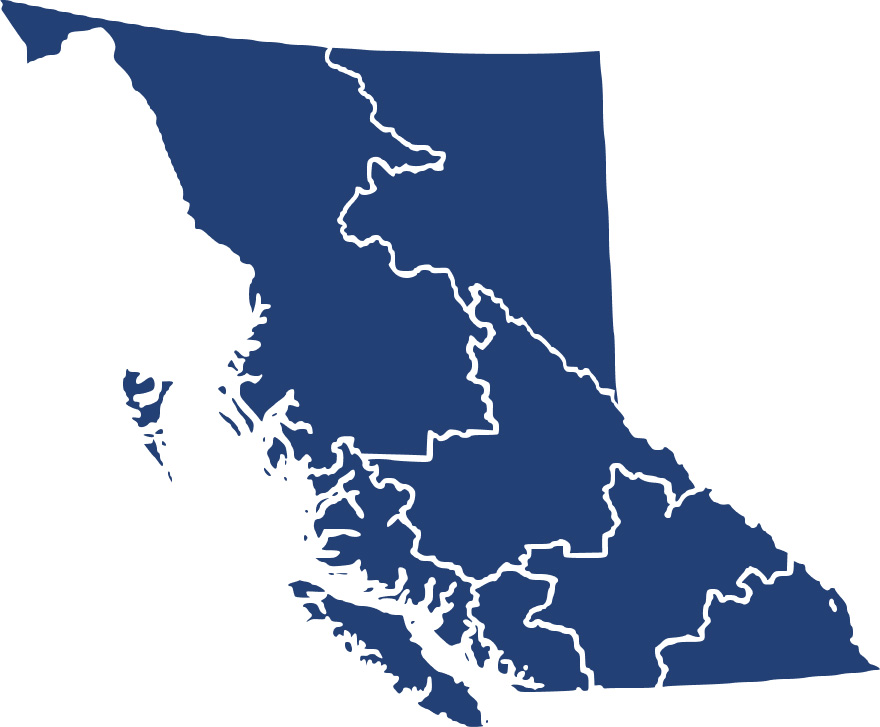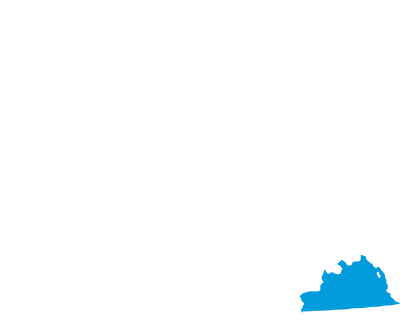Career Overview
Coaches prepare and train individual athletes or teams for competitive events.
People in this occupation:
- Work for national and provincial sports organizations, professional and amateur sports teams, sports clubs and universities
- May be self-employed
This group also includes sports scouts who identify and recruit athletes for professional sports teams.
Sport scouts:
- Work for professional sports organizations
Duties
Coaches:
- Identify strengths and weaknesses of athletes or teams
- Plan, develop and carry out training and practice sessions
- Look after and develop athletes' potential skills and abilities
- Develop, plan and coordinate competitive schedules and programs
- Motivate and prepare athletes or teams for competitive events or games
- Prepare competitive strategy, develop game plans and direct athletes and players during games or athletic events
- Analyze and evaluate athletes' or teams' performances and modify training programs
Sports scouts:
- Identify and recruit developing athletes for professional sports teams
- Observe and evaluate prospective athletes' skills and performance, and review their past record
- File reports on scouting assessments and recommendations with professional team employers
Earnings
Earnings is income that workers receive in exchange for their labour. Depending on the type of employment, earnings can be in the form of wages (hourly), salaries (fixed monthly or annual) or self-employed earnings.
Work Environment
# Workers Employed
2,745% Employed Full Time
36%Key aspects of the work in this occupation:
- Work takes place indoors and outdoors in various sports and recreational settings
- Workers may be exposed to variations in weather
Career Pathways
Career path information is currently not available.
Related Careers
Occupational Interests
It’s important to understand what kinds of occupations align with your interests.
For more about occupational interests visit Skills for the Future Workforce > Characteristics.
Here are the top occupational interest(s) for this career profile:
Job Titles
Education, Training and Skills
Coaches:
- Completion of the National Coaching Certificate program is usually required for individual and team sports coaches in all sports
- National Coaching Certificate Level 3 is usually required for provincial coaches
- National Coaching Certificate Level 4 is usually required for coaches of national team athletes
- A degree in physical education may be required
- Experience in and technical knowledge of the sport is required
Sports scouts:
- Experience in and technical knowledge of the sport is required
Education programs in B.C.
The following program areas are related to this occupation:
- Human Kinetics/Kinesiology/Physical Education

Skills
Every job calls for a certain set of skills. Knowing those skills is the first step in finding a good career fit.
Here, you will find the 10 most relevant workplace skills. Some are more important to achieving success in a certain career than others. These skills may come naturally to you or you may need to gain them through education, training and experience.
See the list of work-related skills below, ranked in order of importance for this career. Check out the list and see if this career matches your skills—take that first step!
Teaching others how to do something.
Talking to others to share information effectively.
Keeping track of and assessing your performance, other individuals, or organizations to make improvements or take corrective action.
Choosing and using training, instructional methods and procedures appropriate for the situation when learning or teaching new things.
Considering the relative costs and benefits of potential actions to choose the most appropriate one.
Giving full attention to what other people are saying, taking time to understand the points being made, asking questions as appropriate, and not interrupting at inappropriate times.
Using logic and reasoning to identify the strengths and weaknesses of alternative solutions, conclusions or approaches to problems.
Understanding written sentences and paragraphs in work-related documents.
Being aware of others’ reactions and understanding why they react as they do.
Motivating, developing and directing people as they work, and identifying the best people for the job.
Labour Market Statistics
Discover data, facts and information that have been gathered and analyzed. Learn about the characteristics of the economy and labour market in B.C.
Employment
Find out about employment types and trends by region and industry.
Employment
2,745Employment by Region















| Region | Employment | % Employment of this Occupation |
|---|---|---|
| Cariboo | 45 | 1.6% |
| Kootenay | 115 | 4.2% |
| Mainland/Southwest | 1,750 | 63.9% |
| North Coast and Nechako | 45 | 1.6% |
| Northeast | 30 | 1.1% |
| Thompson-Okanagan | 345 | 12.6% |
| Vancouver Island/Coast | 415 | 15.1% |
Labour Market Outlook
The B.C. Labour Market Outlook is a 10-year forecast of the expected supply and demand for labour in the province. It’s usually updated every year. The purpose is to provide British Columbians with the knowledge to make informed decisions on careers, skills training, education and hiring.
Forecasted Job Openings (2023-2033)
1,050Forecasted Job Openings
Forecasted Employment Growth Rate
Composition of Job Openings
Job Openings by Region (2023-2033)















| Region | Job Openings | Avg. Annual Employment Growth |
|---|---|---|
| Cariboo | 10 | 0.9% |
| Kootenay | 30 | 1.2% |
| Mainland/Southwest | 680 | 1.2% |
| North Coast and Nechako | 10 | -0.3% |
| Northeast | Not available | Not available |
| Thompson-Okanagan | 130 | 1.0% |
| Vancouver Island/Coast | 170 | 1.0% |
Industry Highlights
Learn about the opportunities in B.C.'s major industries, including employment trends, earning potential, locations of work and more.
Forecasted Job Openings by Industry
| Industry | Job Openings (2023-2033) |
|---|---|
| Educational Services | 430 |
| Information, Culture And Recreation | 400 |
| Health Care And Social Assistance | 70 |
| Professional, Scientific And Technical Services | 70 |
| Repair, Personal And Non-Profit Services | 30 |
Resources
Resource information is currently not available.








